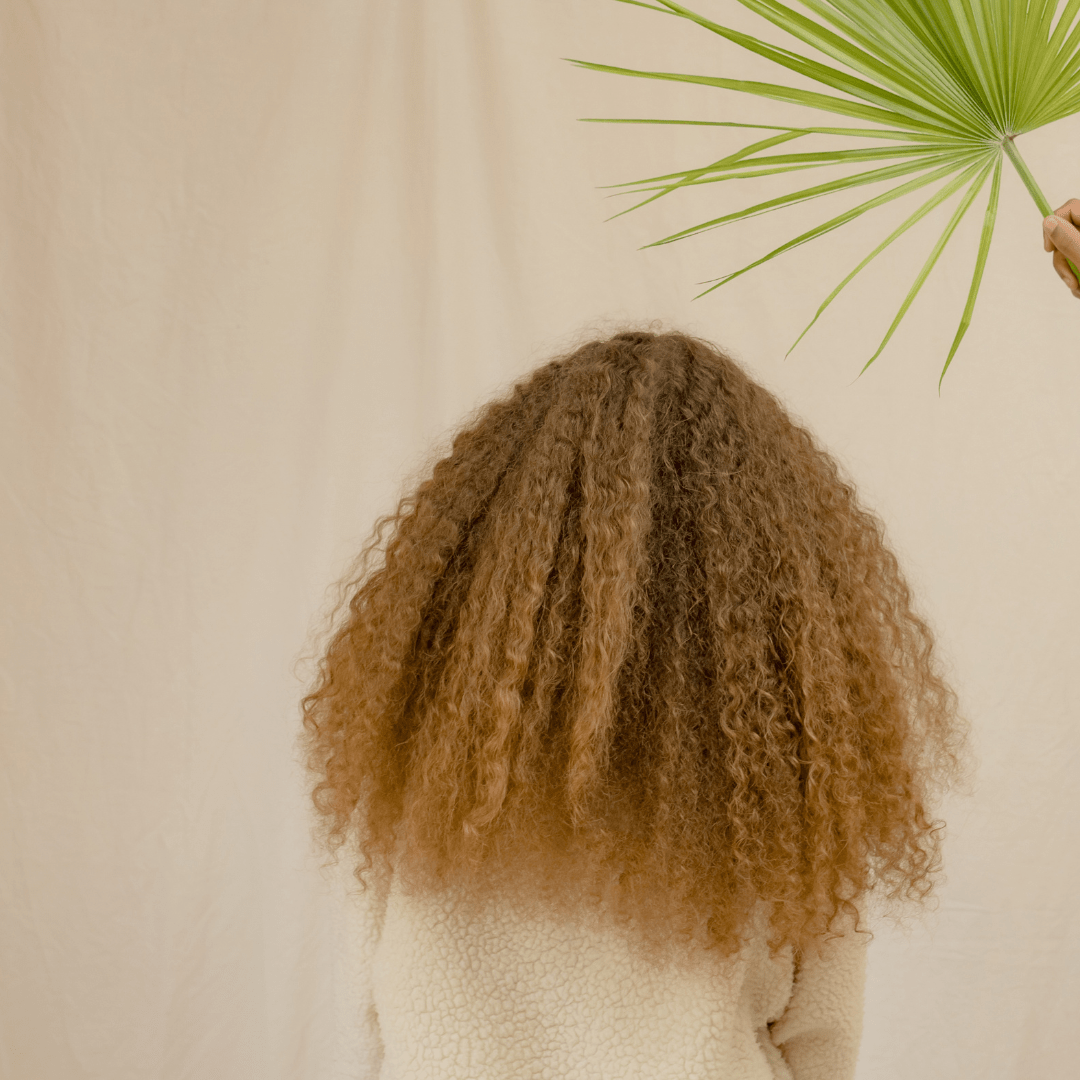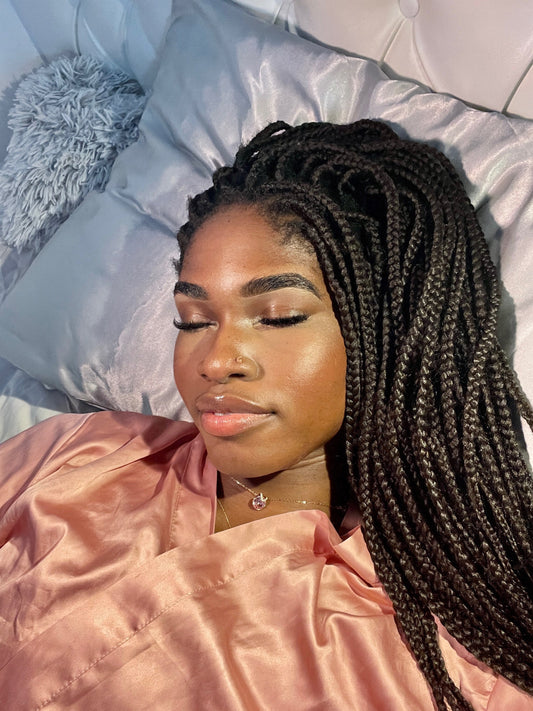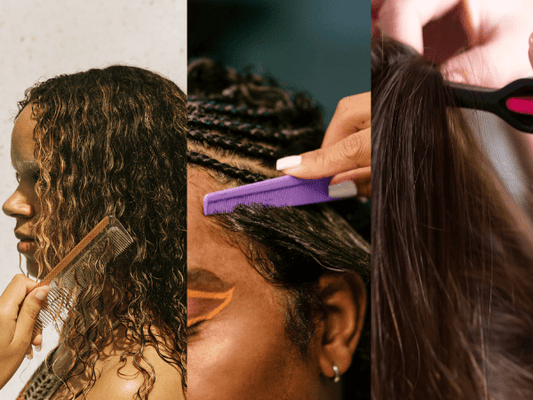Understanding Sebum and Oily Hair
Sebum is a natural oil produced by the sebaceous glands in the scalp. It's essential for keeping the hair and scalp hydrated, protecting against dryness and breakage. However, excessive sebum production can lead to oily hair, weighing down curls and attracting dirt and pollutants, which can exacerbate the problem.
The challenge with curly hair is that sebum has a harder time traveling down the spiral strands, often resulting in mixed conditions where the scalp is oily, but the ends are dry. Balancing this discrepancy is key to managing oily curly hair effectively.
Tips for Managing Oily Curly Hair
1. Choose the Right Cleansing Products
- Clarifying Shampoo: Incorporate a clarifying shampoo into your routine to deeply cleanse the scalp and remove excess oil. However, use it sparingly (once every week or two) to avoid stripping your hair of its natural moisture.
- Low-Poo or No-Poo Products: Consider using low-lather shampoos or conditioner-only washing methods that cleanse without harsh detergents, maintaining the natural oil balance.
2. Wash Hair Strategically
- Washing too frequently can strip the scalp of its natural oils, prompting it to produce even more sebum. Conversely, washing too infrequently can allow oil to build up. Find a washing frequency that keeps your scalp clean without overstimulating oil production, typically every 2-3 days for oily curly hair.
3. Apply Conditioner Correctly
- Apply conditioner only to the mid-lengths and ends of your hair, avoiding the scalp to prevent additional oiliness. Look for lightweight, hydrating conditioners that moisturize without adding weight.
4. Use Dry Shampoo
- Dry shampoo can be a lifesaver for oily curly hair, absorbing excess oil at the roots between washes. Opt for formulas specifically designed for curly hair to avoid drying out your curls.
5. Scalp Treatments
- Regular scalp treatments can help regulate sebum production. Natural astringents like apple cider vinegar rinses can cleanse the scalp, removing excess oil without harsh chemicals.
6. Balanced Diet
- Your diet can impact sebum production. Foods high in saturated and hydrogenated fats can stimulate excess oil production, while a balanced diet rich in vitamins, minerals, and antioxidants can promote a healthy scalp.
7. Avoid Touching Your Hair
- Frequently touching your hair can transfer oils from your hands to your scalp and strands, exacerbating oiliness. Try to minimize handling to keep your curls clean longer.
Styling Tips for Oily Curly Hair
1. Embrace Volumizing Products
- Lightweight mousses and volumizing sprays can lift your roots, providing volume and helping to disguise oiliness.
2. Master the Art of Updos and Braids
- On days when your hair feels too oily, updos and braids can be stylish ways to manage your curls. These styles can help conceal greasiness and keep you looking chic.
3. Experiment with Accessories
- Headbands, scarves, and clips not only add flair to your hairstyles but can also help manage and disguise oily roots.
Long-term Solutions for Oily Curly Hair
1. Scalp Massage
- Regular scalp massages can stimulate circulation and help regulate oil production. Use the pads of your fingers to gently massage your scalp daily.
2. Avoid Over-Brushing
- Over-brushing can stimulate the sebaceous glands to produce more oil. Use a wide-tooth comb to detangle your curls gently.
3. Review Your Hair Care Products
- Some products, especially those containing silicones and heavy oils, can contribute to oily scalp conditions. Opt for lightweight, water-soluble products that won't build up on your scalp.
Conclusion
Managing oily curly hair requires a tailored approach that balances effective cleansing with maintaining essential moisture. By understanding the unique needs of your curls and adopting a routine that addresses excessive sebum production without stripping your hair, you can achieve beautifully balanced, healthy curls. Remember, the goal is to embrace and enhance your natural texture, working with your hair's natural tendencies rather than against them. With the right care, products, and styling techniques, oily curly hair can be transformed into luscious, vibrant curls that exude health and confidence.











